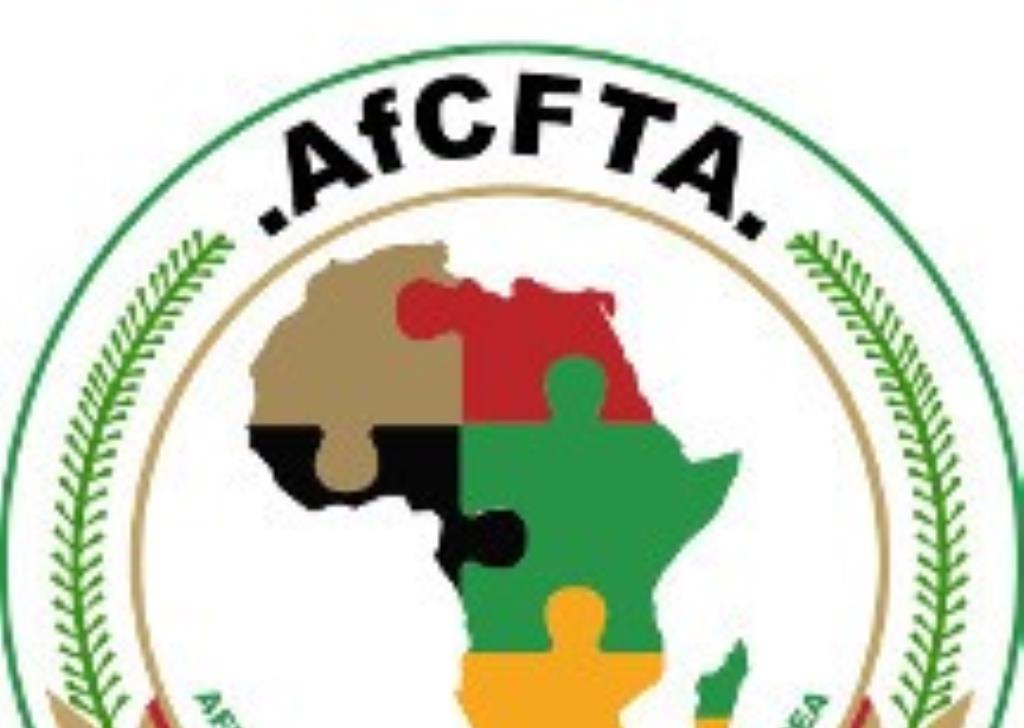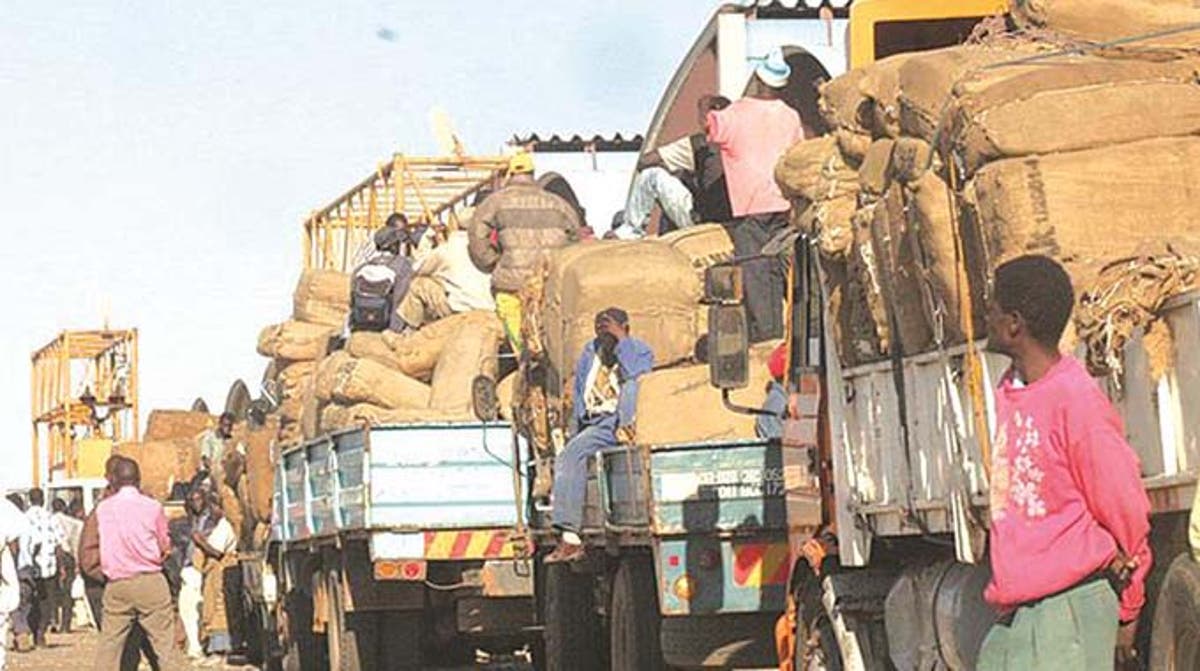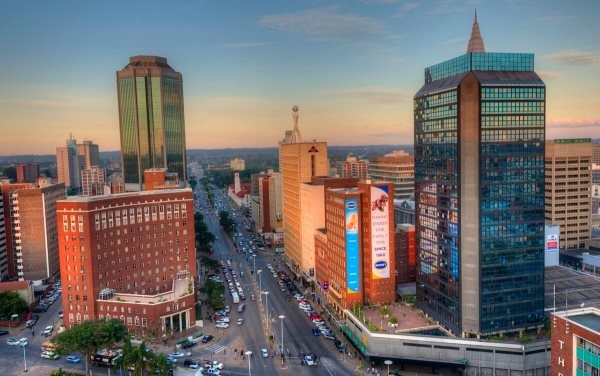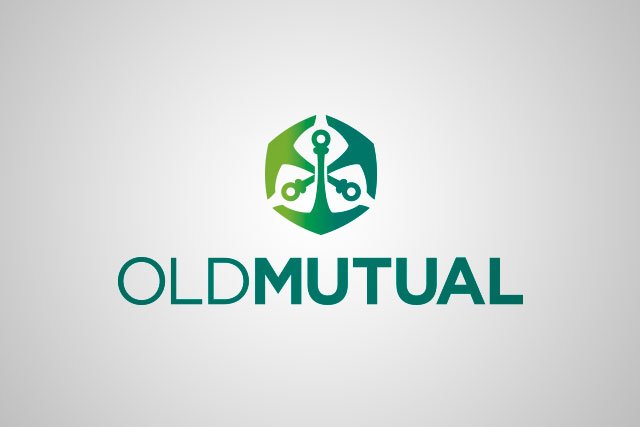High inflation drives cost of living
USAID food security arm, FEWS NET, says the cost of living in rural and urban areas continues to increase mainly driven by high inflation.
In FEWS NET’s December 2020 report, the food security organisation found that despite relative stability on the official and parallel market exchange rates, the prices of commodities and services continued to increase.
“As of November, the official annual inflation rate continued to decline yet remained very high, driving persistent increases in the cost of living. Moreover, stability has been observed in the official and parallel market exchange rates, which have been the primary drivers of price volatility,” reads part of the report.
“However, the prices of some food commodities and services continue to increase and remain significantly above normal and out of reach of many poor households.
Maize grain and maize meal continue to be unavailable on some markets, especially in deficit-producing parts of the country and some remote areas.
“According to Zimstat, in November, the official annual inflation decreased to 402 percent, decreasing for the fourth consecutive month. The monthly inflation rate also dropped in November to 3.2 percent from 4.4 percent in October. Despite this, the cost of living in rural and urban areas continues to increase, mainly driven by the continued high inflation rates.”
FEWS NET added that diesel prices also increased by almost 20% in the first week of December, while petrol prices increased only marginally, which also added to inflationary pressures.
“Maize grain and maize meal remain generally unavailable across markets in deficit-producing areas and remote parts of the country. This, coupled with high market demand and poor macroeconomic conditions, is driving price increases in some areas,” the report said.
“In surplus-producing areas of the Mashonaland provinces, maize grain prices are relatively stable, averaging 5 USD per 17.5 kg bucket. In most deficit areas, maize prices increased by nearly 20 percent over the last 2 to 3 months to 7 USD per bucket on average.”
FEWS NET said maize prices were predominantly in USD, marked at or above the parallel market exchange rates in local currency, but as income remains generally stagnant this was limiting many poor households’ access to market foods.
The recent stability in the market has been caused by the central bank and Treasury all but stopping agency mobile money, introducing cash withdrawal limits and controlling the broad band money supply, which all reduced the annual inflation rate.
Further, the increased usage of the US dollar has buttressed the value of the highly volatile Zimbabwean dollar causing the exchange rate to be US$1:ZWL81,78 and US$1:ZWL120 officially and unofficially, respectively.
However, while relative stability has been seen in the market over the last few months, the annual inflation still remains high and the second highest in the world after Venezuela.
This comes as experts say the government continues to address the symptoms and not the fundamentals.
These fundamentals include instilling confidence in the Zimbabwe dollar, increasing foreign currency availability, implementing recommended reforms to attract foreign capital, creating jobs, and instituting more business friendly policies.
“As 2021 winds down, no amount of side shows, spin or propaganda will detract from the fact that Zimbabwe is in a mess. Run by an illegitimate predatory kakistocracy that has redefined failure and incompetence. We restate once more, you can rig an election but you can’t rig the economy,” Harare East member of parliament and former Finance minister Tendai Biti tweeted last Wednesday.
“The price of bread, fuel, electricity, and toll fees has gone up in recent weeks generating more inflation pressures. However, it is the over-taxation of workers particularly the irrational presumptive taxes that will create chaos and Armageddon in 2021. A tough year awaits Zimbabwe.”
Nine million Zimbabweans are said to be food-insecure as a result of macroeconomic and unfavourable weather conditions.
In an outlook through to May 2021, FEWS NET reported that household food stocks are generally unavailable and access to market food is limited for most poor households.
This will be seen in deficit-producing areas of Matabeleland, Masvingo, Midlands, Manicaland and the northern parts of the Mashonaland provinces, where Crisis (Integrated Phase Classification Phase 3) outcomes are expected to persist through at least March 2021.
“In these areas, most poor households are expected to engage in consumption-based coping such as limiting portion sizes and skipping meals and livelihoods-based strategies, including extended casual labour, petty trading, and livestock sales,” the report revealed.
“In the worst cases, some households are expected to experience Emergency (Integrated Phase Classification Phase 4) as they face large food consumption gaps and extreme loss and/or depletion of livelihood assets. Significant humanitarian assistance is expected to continue through the lean season in some areas, improving food access and resulting in Stressed! (Integrated Phase Classification Phase 2!) outcomes.”-thestandard.co.zw










